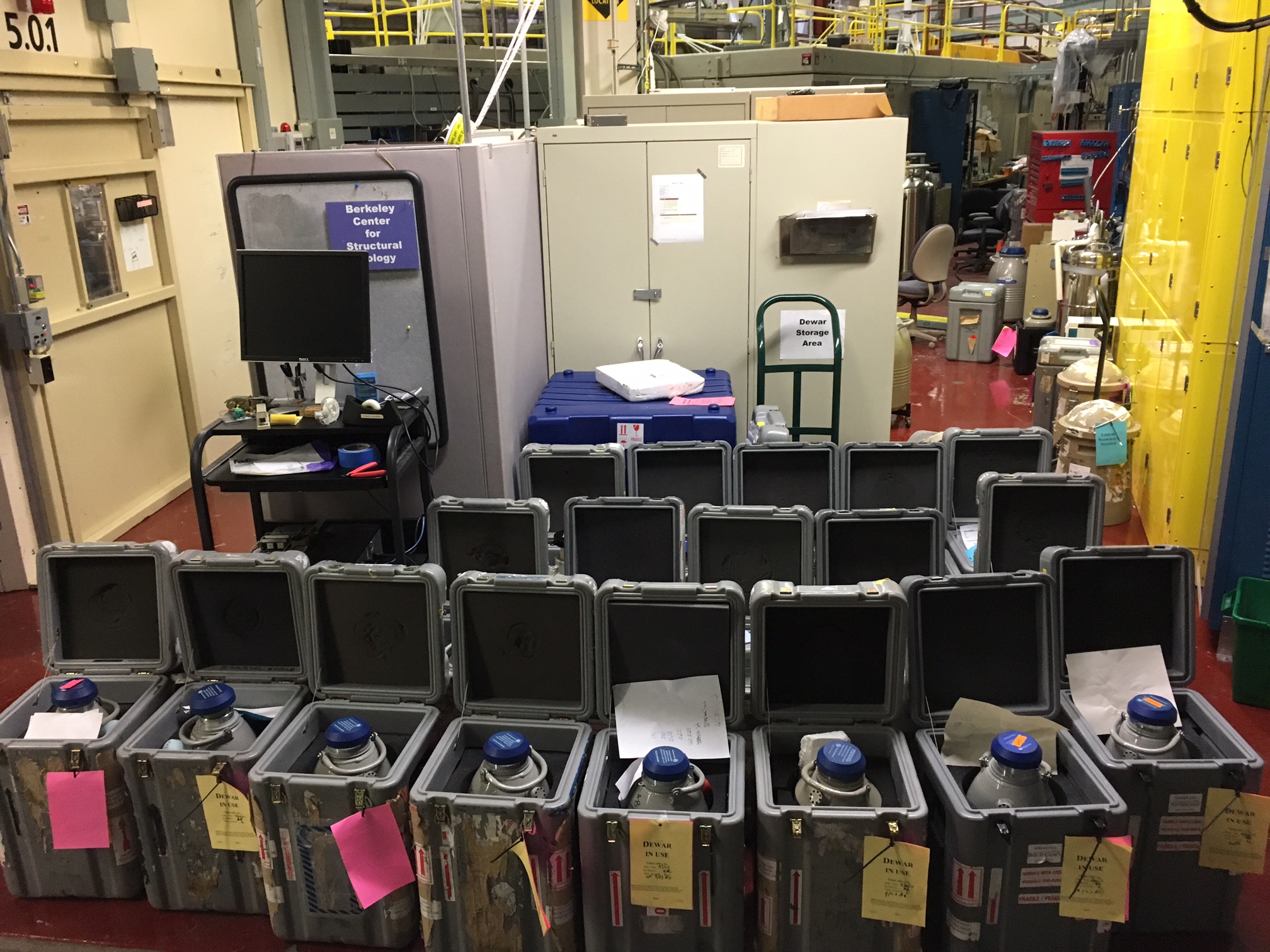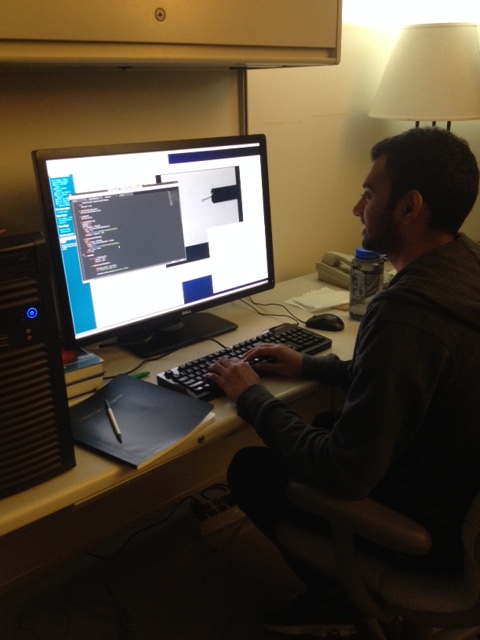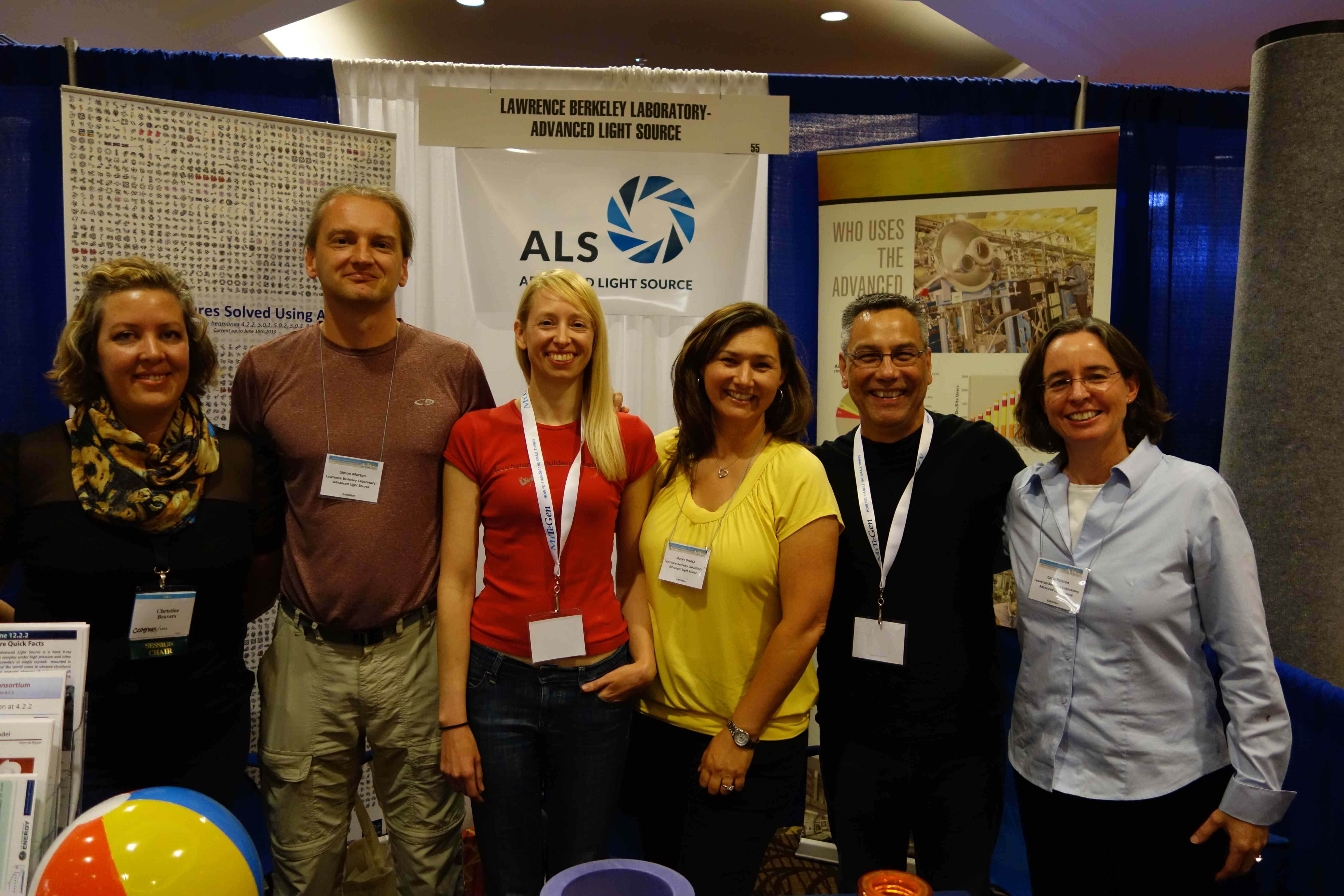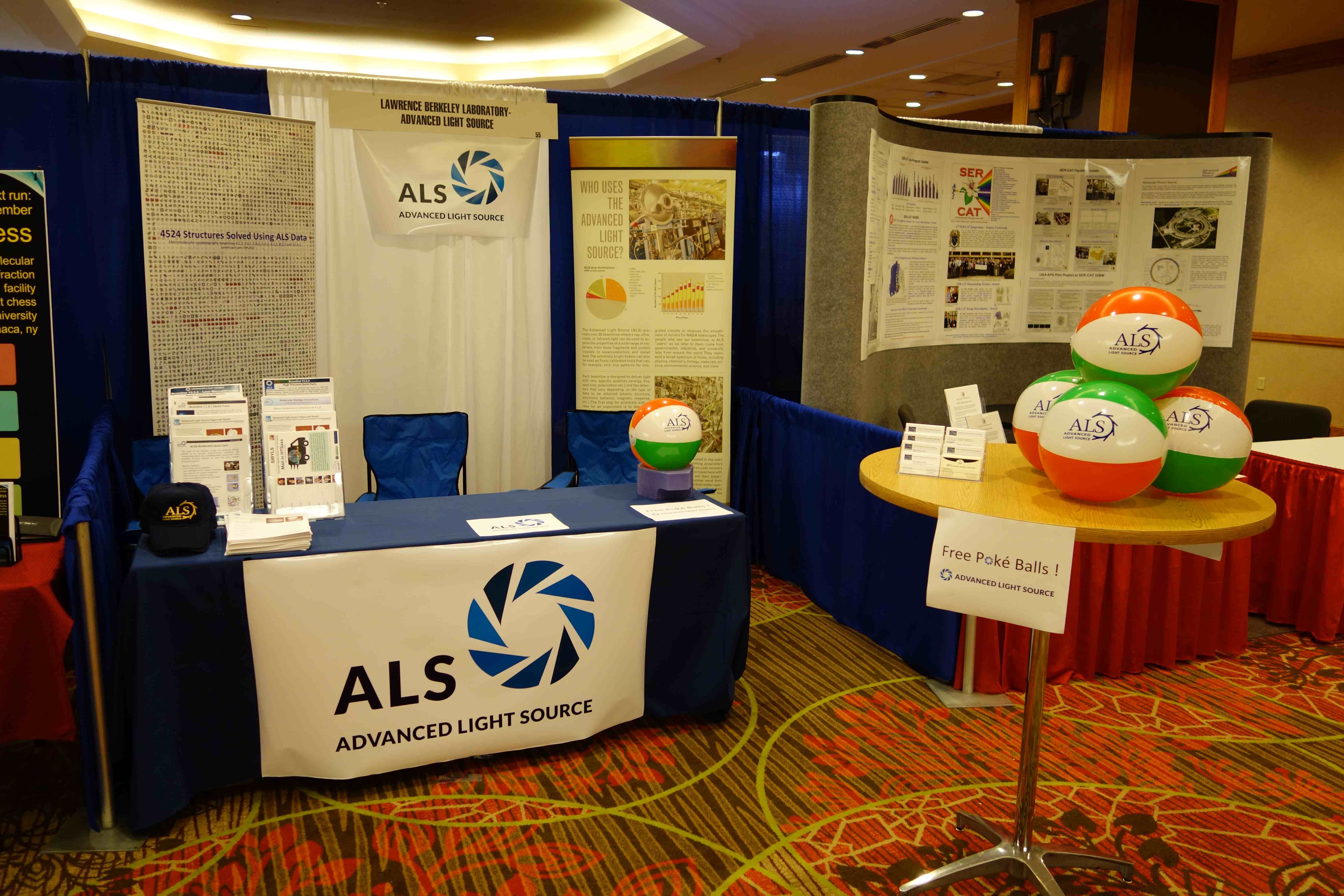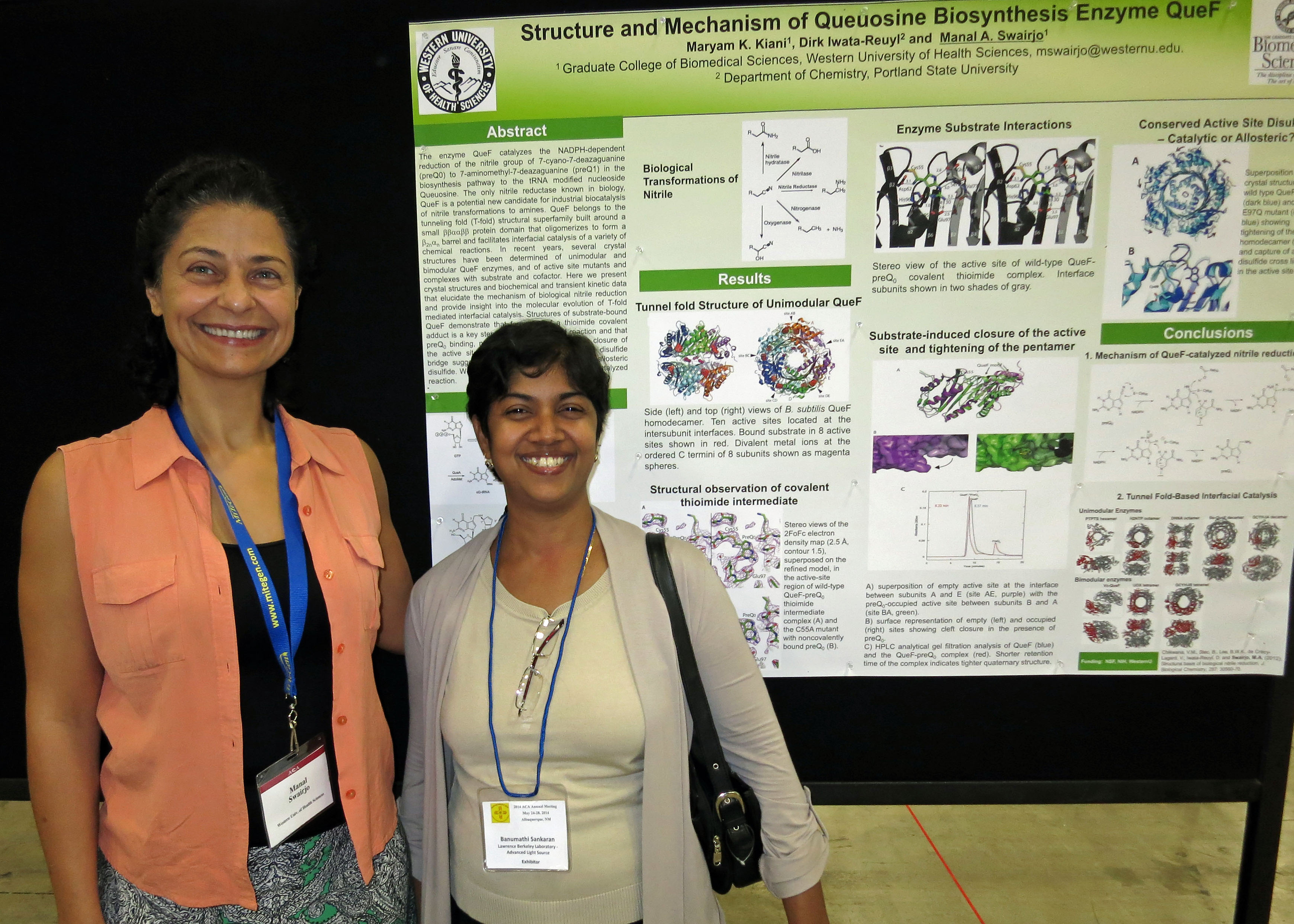Similar Posts
a new SULI student at the BCSB
BycorieA special welcome to our SULI student, Sayan Roychowhury, who is majoring in Electrical Engineering and Computer Science at the University of Illinois. He is here with us for the fall term, and writing code to process visual images of protein crystals and center them automatically in the x-ray beam. SULI is the Science Undergraduate Laboratory Internship program in which the host lab (in this case, LBNL) pays for a student to work for a few months to gain experience at a national lab and to encourage students to remain in STEM fields.
BCSB teams up with other ALS scientists at the ACA
BycorieSeveral BCSB staff teamed up with other ALS beamline scientists to represent the ALS at this year’s American Crystallographic Association meeting in Denver. In the picture are from left to right: Christine Beavers, Simon Morton, Diane Bryant, Stacey Ortega, Jay Nix, Corie Ralston:
Back up and running
BycorieWe are back up from the long ALS shutdown, and the beamlines are in good shape. We completed a number of projects on the sector 5 beamlines, in particular, as well as performed maintenance on a number of systems: – Pilatus3 6M installed on 5.0.1. The install went well, and tests with x-rays show that…
Space Crystals
BycorieRecently, Marc helped a user run some crystals which the user had arranged to have grown in zero-gravity. Here are pictures of the crystal capillaries mounted at the beamline, and the raster grid used to locate crystals within a capillary.
